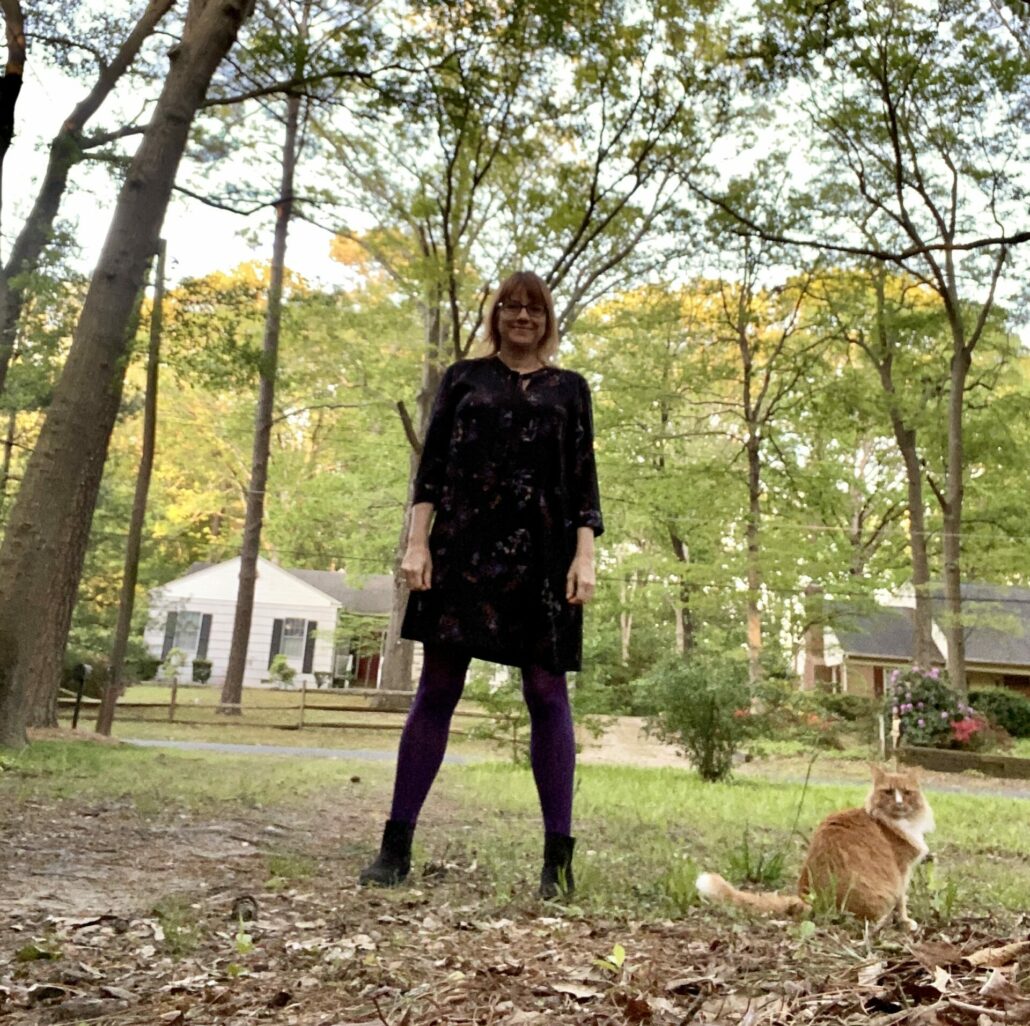By Sarah Barney, eco-journalist intern and student and Denison University
In May of this year, Jayme McLellan completed her graduate thesis called “We Are in This Together: Museums, Climate Justice and Inclusive Art Programs” at the Harvard Extension School. In her thesis, she deep dives into museums’ part in educating and working with the community about climate change. Her interest was in how museums can be conveners of dialogues that listen to the communities that are vulnerable and have not been listened to historically, since it is these communities that will be affected most by the climate crisis.
Museums are beginning to decolonize and becoming more inclusive. However, they tend to cater to a homogenous audience, which are not historically marginalized communities.
Therefore, McLellan explores questions like can museums be an intervener of crises and marginalized communities? Can museums be a catalyst that brings people together to have conversations while also diversifying and decolonizing since this is already a part of the natural work of museums? This all fits together in the eyes of McLellan. However, not many museums are executing climate justice programs. They do exist, but as she stated in an interview, “They are few and far between. But there are more coming.”
McLellan argues that “As museums work to become more inclusive, justice work that does not include climate is missing one of the largest threats to the wellbeing of marginalized communities” (McLellan 2). In other words, museums should help communities prepare, prioritize, and learn about climate change as a “measure of safety” (McLellan 3).
McLellan provides a model of inclusion example: the Abbe Museum located in Bar Harbor, Maine. The museum has worked to collaborate with Indigenous people to focus on decolonization and the climate crisis. She writes, “Through intentional programming and diverse tribal leadership, Abbe Museum programming focuses on telling the hard truths of the past toward addressing injustice while educating on more sustainable ways of life found within local tribal cultures” (McLellan 12).
For example, the Abbe Museum recognized that the Wabanaki tribe are the best people to illustrate their traumas and experiences, so their programming begins with “listening, storytelling, and sharing” (McLellan 13). Now, this is central to the museum’s work. The Abbe Museum’s programming is in schools and the Acadia National Park “to explain what habitat loss, specifically the loss of trees used to make baskets and what this means to Indigenous livelihoods” (McLellan 14).
The Grand Rapids Art Museum (GRAM) is taking some of these climate change, community-based initiatives. In the past few years, there have been exhibitions with the purpose of exploring human’s impact on the environment. Melanie Daniel’s “Only Four Degrees” was on display from May 2019 to September 2019. These large paintings on paper or ceramics investigate the Earth’s rapidly declining health and human’s disregard for the situation.
A few months before, GRAM hosted Dylan Miner’s “Water is sacred//Trees are Relatives” exhibition from October 2018 from March 2019. His work mixes fabric and photography to convey the exploitation of natural resources, capitalism, and colonialism. Miner is a Michigan Native of Wiisaakodewinni descent and through his work, he hopes to spark conversation and spread awareness of these issues.
The museum was unavailable for comment on these displays, future exhibitions, or community outreach and inclusion. However, it is clear that GRAM is taking strides to become a place of inclusivity, education, and a community.

